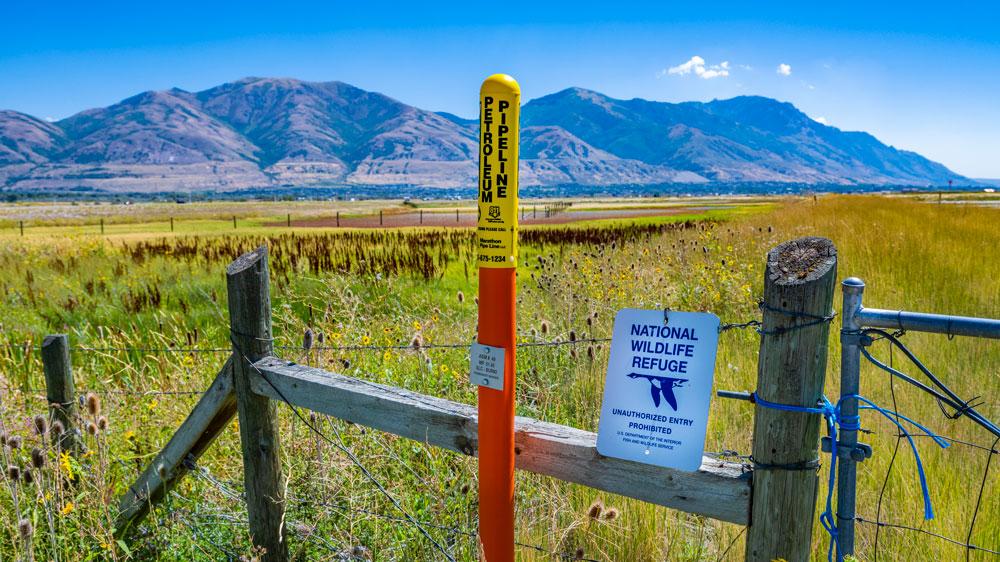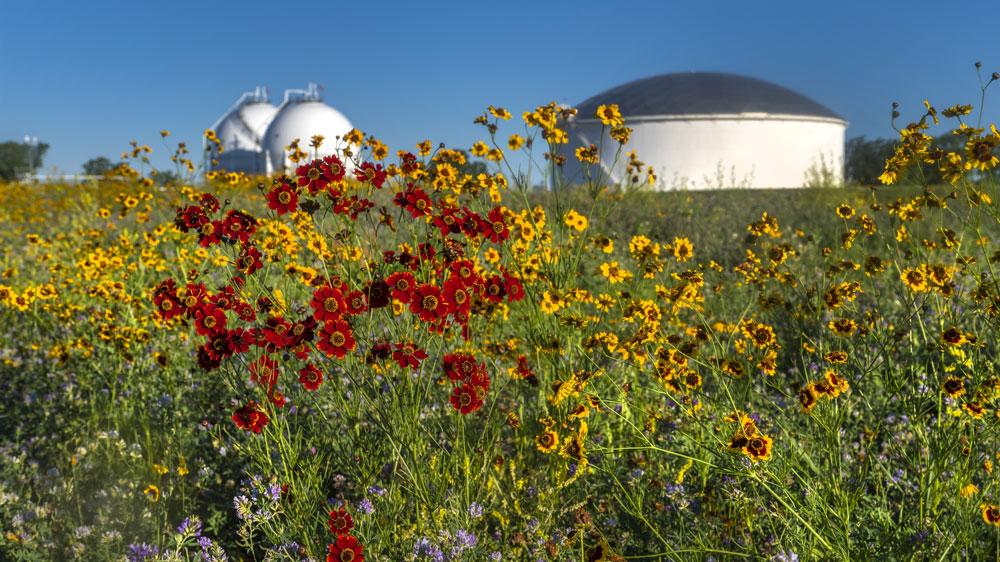Taking Proactive Measures To Mitigate Biodiversity Impacts
At MPC, we use proactive measures designed to protect plant and animal species in areas where we operate. Our Operational Excellence Management System (OEMS) provides us with a framework to account for the potential effects of our activities on ecosystems and determine the best way to mitigate those effects.
This is particularly important at our subsidiary, Marathon Pipe Line, which manages large amounts of land along our pipeline rights-of-way.
“While Marathon Pipe Line’s prior right-of-way clearing program maintained regulatory compliance, it did not address any vegetation structure,” said Julie Beaschler, Senior Right of Way Specialist and Right of Way Maintenance Process Leader – Sustainable Landscapes. “Now, by enhancing the right of way with native vegetation and pollinator-friendly wildflowers, we are benefiting at-risk species like the monarch butterfly.”
Here’s how we mitigate biodiversity impacts throughout the pipeline life cycle:
- Incorporating species preservation into operational approaches, including voluntarily adopting both temporary and permanent changes to prioritize endangered species and their critical habitats.
- Developing our construction schedules to avoid disrupting species migration, spawning, nesting and other activities.
- Being mindful of pesticide and herbicide types, volumes and timing of use to reduce impacts to compatible vegetation that supports pollinators and wildlife.
- Implementing conservation mowing on select pipeline rights of way to avoid disrupting population dynamics such as breeding, feeding and reproductive behaviors.
- Restoring all disturbed areas to pre-construction conditions by seeding/hydroseeding with native seed mixes.
- Adhering to weed management plans to keep previously disturbed areas free of invasive and non-native weeds.
- Conducting post-construction surveys and research to verify sensitive areas have been appropriately restored.
- Monitoring wetland and waterway crossing sites on pipeline rights of way to confirm they are fully restored and functioning.
- Training affected employees and contractors about biodiversity and maintaining assets in sensitive areas.
- Using signage to indicate sensitive areas.
Learn more in the Biodiversity section of our Sustainability Report.



